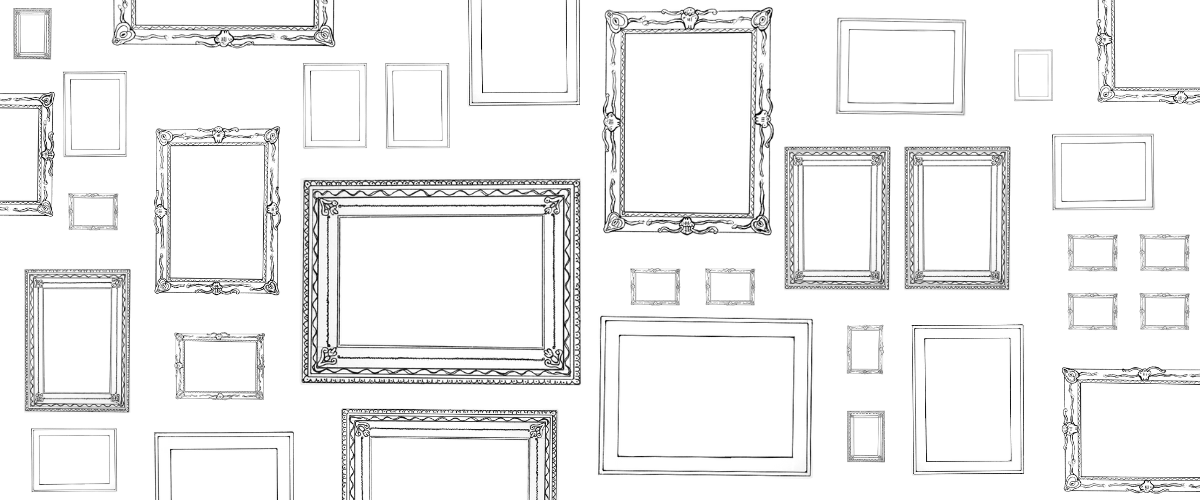A renaissance is needed in the arts. What can history tell us?
This x-factor of diversity that I talked about earlier will not be found in the exclusive centres of artistic power: the conservatoires, the museums and galleries, the concert halls and the grand theatres. It is to be found at the margins, the edges and the peripheries. It is inevitably to be found in what one might think of as the most unexpected places, generated by the most overlooked individuals and communities.
I’ll tell you what convinced me of this: The Harlem Renaissance.
When I was in New York about fifteen years ago, I bought a book called Harlem Renaissance by African American art historian and educator Nathan Huggins. It was a revelation to me. I discovered that the Harlem Renaissance, the intellectual, social and artistic explosion that took place in Harlem, New York, spanning the early twentieth century, had a vitally important and revelatory story to tell us today. It forced me to try and grasp how was it that an oppressed and ignored community, who up to the end of the Civil War had been slaves, the property of other humans, and then poverty-stricken sharecroppers policed by violent Jim Crow laws – that this community occupied the vanguard of American art, the authentic expression for all people about what it meant to be an American at the start of the twentieth century. Not a Black American or a white American – an American. How was it that, in the words of the intellectual and activist Alaine Locke, the Black American ‘lay aside the status of a beneficiary and ward for that of a collaborator and participant in American civilization’? (Locke 1925) (*2) How did it come to be that Black Americans were transformed through their cultural contribution into ‘a people, rather than a problem’? (Huggins 1971: 60)
(*2) How did it come to be that Black Americans were transformed through their cultural contribution into ‘a people, rather than a problem’? (Huggins 1971: 60) (*3)
(*3)
In the Harlem Renaissance, you had the particular and the general coming together; you had an art that attempted to speak with two voices, ‘one from the stage of national culture and the other from the soul of ethnic experience.’ (Huggins 1971: 195) (*3) It was the voice of Black Americans that became the authentic voice of the mass of society struggling to comprehend what it meant to be human in the modern industrial age. So the African American gave America, and the world, a musical form that was entirely authentic, new and unique. It emanated not from Upper Manhattan, not from the salons of the gilded elite, but from the street’s dwellers of Harlem and the Bronx.
(*3) It was the voice of Black Americans that became the authentic voice of the mass of society struggling to comprehend what it meant to be human in the modern industrial age. So the African American gave America, and the world, a musical form that was entirely authentic, new and unique. It emanated not from Upper Manhattan, not from the salons of the gilded elite, but from the street’s dwellers of Harlem and the Bronx.
Jazz (which originated in New Orleans and then migrated to Harlem), for me, is the syncopated soundtrack for early twentieth century US capitalism, the energetic sound of the Ford assembly line (as was Motown later on), skyscrapers going up, the bustling streets, the different languages and folk expressions. Indeed, they call the first two decades of the twentieth century ‘The Jazz Age’ because the cultural expression and the society were so intimately intertwined. It then spread globally and influenced existing forms of music including classical music. Listen to Igor Stravinsky if you don’t believe me. Like jazz, hip-hop today plays a similar historic role in US and world culture.
We should draw both inspiration and a connection between the Harlem Renaissance and the European context in which we are all working, and which we seek to fundamentally change. What are the images, sounds, performances, new trends and genres in our arts and culture that have the ability to draw on the intrinsic kinetic energy and potential that diversity represents? What could this mean for us in the here and now? That question would be a good starting point to open up a richer dialogue and a more far-reaching action than we have had up to now.

Thomas, K. M., & Plaut, V. C. (2008): The Many Faces of Diversity Resistance in the Workplace. In: K. M. Thomas (ed.): Diversity Resistance in Organizations (Applied Psychology Series), pp. 1–22. New York, NY: Taylor & Francis Group/Lawrence Erlbaum Associates.

Locke, Alain (1925): Enter the New Negro. In: Survey Graphic: Harlem: Mecca of the New Negro (March 1925). Accessed 4 July 2022 at http://nationalhumanitiescenter.org/pds/maai3/migrations/text8/lockenewnegro.pdf

Huggins, Nathan Irvin (1971): Harlem Renaissance. London: Oxford University Press, p. 60.
Hassan Mahamdallie ( 2022): Why diversity in the arts cannot be ignored. In: p/art/icipate – Kultur aktiv gestalten # 13 , https://www.p-art-icipate.net/why-diversity-in-the-arts-cannot-be-ignored/


 Artikel drucken
Artikel drucken